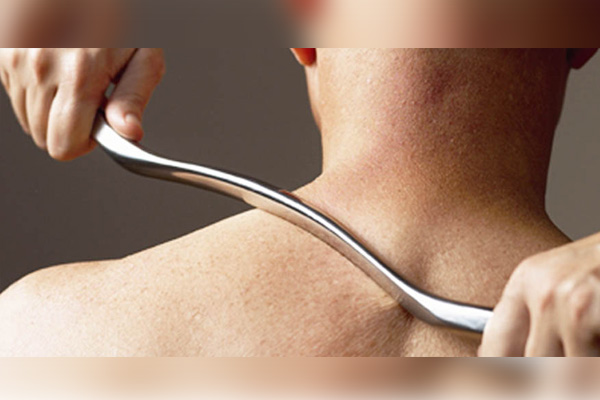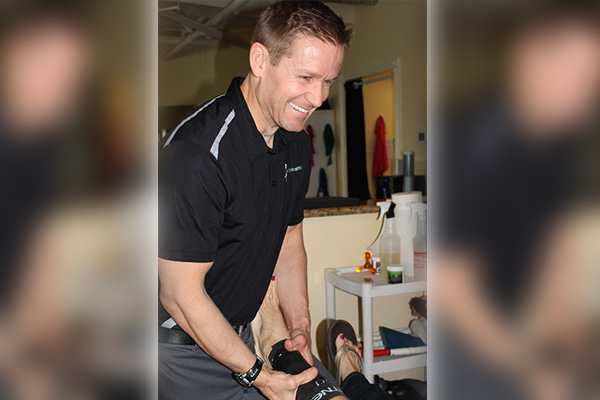Techniques We Use
GRASTON Technique
A physical therapist who specializes in the Graston Technique, as Brodie Pack has been, is trained in the use of six specific tools that are patented for use with the treatment. The tools are used to move soft tissues throughout the body. Each tool has a specific purpose and works to free the body of any restrictions within the fascia that lead to stiffness, inflammation and chronic pain. In order for a physical therapist to be able to use the patented tools associated with the Graston Technique, they must be trained and complete a licensing program that verifies they understand how each implement is designed to work.
The Graston Technique is used to relieve chronic pain, inflammation, and stiffness that often result from tightness and restrictions that affect the fascia. Restrictions and blockages are often associated with the buildup of scar tissue and damage caused by injuries that weren’t allowed to heal properly. The list of conditions that can benefit from the Graston Technique is extensive.


FMS
Certified by the Functional Movement Systems company, Pack Physical Therapy can identify movement limitations and pinpoint pain in order to treat for better mobility.
The FMS consists of seven movement patterns which require mobility and stability.
The FMS is a tool used to identify asymmetries which result in functional movement deficiencies. It aims to identify imbalances in mobility and stability during seven fundamental movement patterns. These movement patterns are designed to provide observable performance of basic locomotor, manipulative and stabilizing movements by placing an individual in extreme positions where weaknesses and imbalances become noticeable if appropriate mobility and motor control are not utilized. Once these deficiencies have been identified through the FMS, a program of corrective exercises is then developed with the goal of preventing musculoskeletal injuries. In short – these movements help to show us where in your body you are experiencing weakness and imbalance so then we can create a personalized treatment to help your strength and mobility.
HVLA
The high-velocity, low-amplitude (HVLA) technique is among the oldest and most frequently used techniques. We find it enormous efficient for spinal manipulation, particularly for low back, mid-back, and neck pain.
A 2010 review of clinical data concluded that spinal manipulation may be helpful for several conditions in addition to back pain, including migraine and cervicogenic (neck-related) headaches,, neck pain, upper- and lower-extremity joint conditions, and whiplash-associated disorders.

Subscribe To Our Newsletter
Get the latest on news that can impact your health, our specials & new treatments,
news from our community partners that can save you dollars and generally make your life better – and more!
